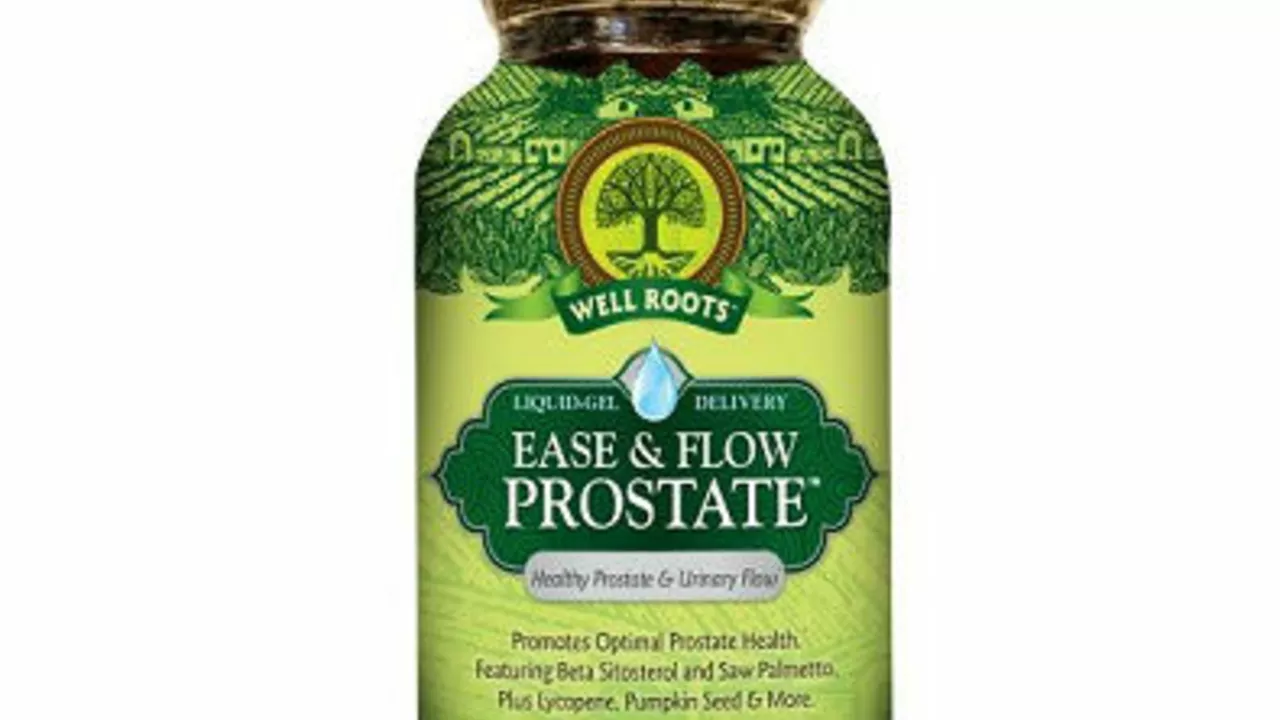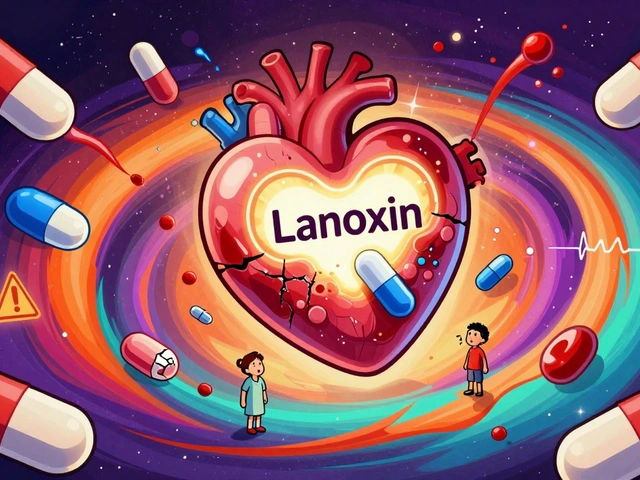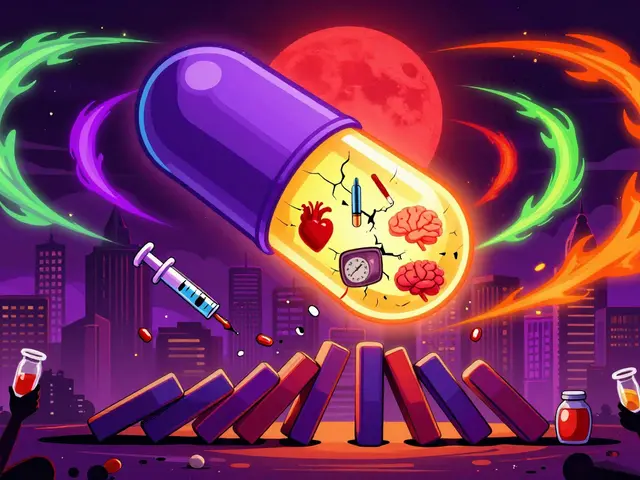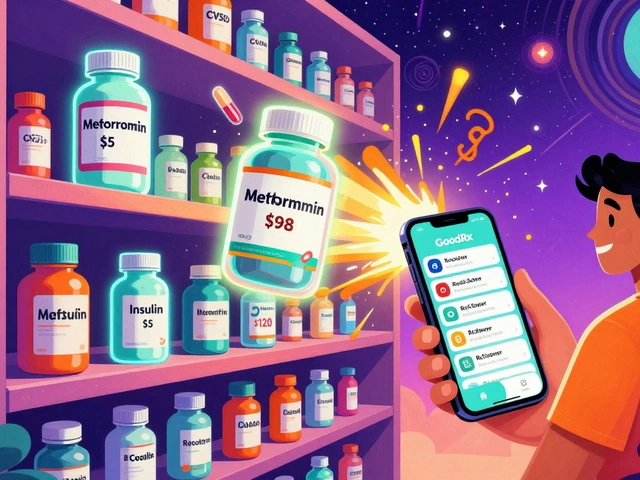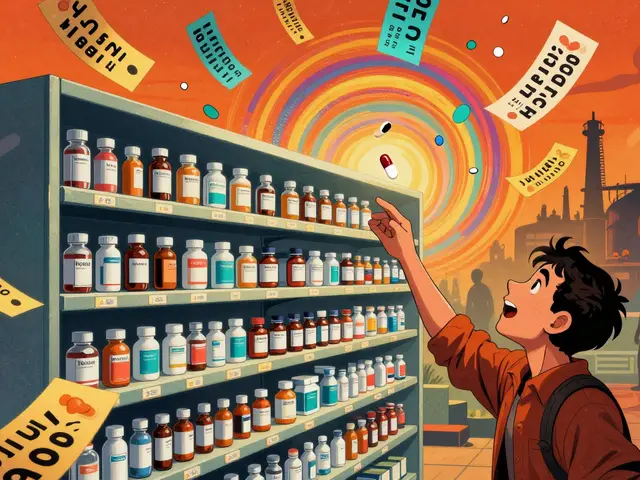Abscess root: Causes, signs, and what to do
An abscess is a pocket of pus that forms when bacteria get under your skin or into tissue. It often looks like a painful, swollen lump and can feel hot to the touch. Understanding the root causes helps you act fast and avoid complications.
How an abscess starts
Most abscesses start when bacteria enter through a break in the skin — a cut, insect bite, or blocked hair follicle. Staphylococcus aureus, including MRSA strains, is a common culprit. Dental abscesses begin inside a tooth or gum after decay or injury. Internal abscesses can form around organs after surgery or with untreated infections.
Certain factors raise your risk: diabetes, weakened immunity, poor hygiene, intravenous drug use, or shared razors and towels. Skin conditions like eczema or acne make it easier for bacteria to get in. If you have these risks, a small scrape can turn into a bigger problem fast.
Treatments and when to get help
Not all bumps are abscesses. Key signs are increasing pain, swelling, warmth, pus drainage, and fever. Red streaks toward the heart or a fast-growing, painful lump means see a doctor now. Facial, hand, or near the spine abscesses also need urgent care.
For small, early abscesses, warm compresses several times a day can help the pus come to a head. Don’t squeeze or lance it yourself — that can spread infection. If it’s large, painful, or not improving in 48–72 hours, a clinician will usually do an incision and drainage. That simple procedure often solves the problem quickly.
Doctors may prescribe antibiotics when the infection is spreading, you have fever, or risk factors like diabetes or immune problems. Common choices include trimethoprim-sulfamethoxazole (Bactrim), doxycycline, or clindamycin, selected based on likely bacteria and local resistance patterns. For dental abscesses, a dentist will treat the tooth (root canal or extraction) and may give antibiotics alongside procedure care.
After drainage, keep the wound clean, change dressings as instructed, and finish any antibiotics. Watch for signs of return: worsening pain, new fever, or more redness. If that happens, go back.
Simple steps lower future risk: clean and cover cuts, avoid sharing personal items, manage blood sugar if diabetic, and get prompt care for skin infections. If you’re unsure, call a clinician — early treatment usually means faster recovery and fewer problems.
MRSA is a resistant bacteria that can cause abscesses and may need specific antibiotics and extra precautions. If your wound drains, cover it with a clean bandage and wash your hands before and after contact. Wash bedding and clothes that touched the wound in hot water and avoid sharing towels while you heal. If you notice spreading redness, pus with a bad smell, swollen lymph nodes, high fever, or feeling very unwell, go to the emergency room. Keep follow-up with your doctor to check healing and to remove sutures or packing if used.
Early attention prevents spread and scarring, so don’t delay calling your clinician if you have doubts today.
Experience the Magic of Abscess Root: The Dietary Supplement You Can't Afford to Ignore
Abscess root is a magical dietary supplement that has caught my attention recently. This incredible root is jam-packed with health benefits that you simply cannot ignore. From boosting the immune system to reducing inflammation, abscess root has been a game changer in my wellness journey. It's quite surprising how such a simple plant can have such a profound impact on our health. I highly recommend giving abscess root a try if you're looking for a natural way to improve your health.
